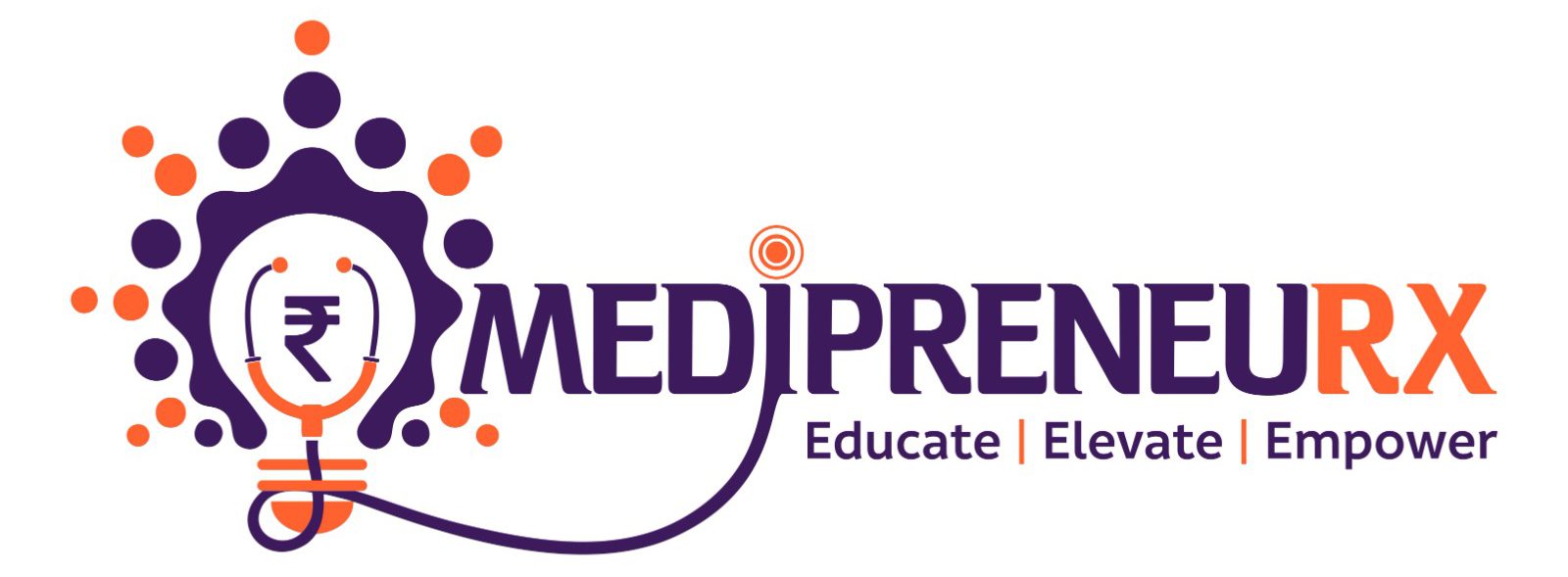Following serious difficulties from an infection associated with a previous, conventional pacemaker, a **leadless pacemaker** was successfully installed to save the life of a **74-year-old woman**. Under the direction of **Dr. Balbir Singh**, Chairman of Cardiology, this ground-breaking treatment was carried out at **Max Super Speciality Hospital** in Saket, New Delhi. Surprisingly, the woman was released from the hospital only a day after the procedure, and she is currently recuperating without any issues.
The leadless pacemaker is a significant advancement in cardiac treatment in contrast to regular pacemakers, which need a chest surgical incision and lead wires to be linked to the heart. It is intended to be implanted without the need for stitches or cuts by means of a minimally invasive catheter that is passed through the groin. Because of this, the surgery is less invasive, recuperation time is shortened, and the hazards involved with standard pacemaker insertion are reduced.
Because the leadless pacemaker is **90% smaller** than traditional pacemakers, individuals find it more comfortable, especially if they are elderly or have other medical conditions. It is incredibly efficient despite its small size, offering vital pacing to control the heart’s rhythm. Its **retractable design** also provides flexibility for future treatment options by enabling its safe removal when necessary.
Due to its potential for **future upgrades**, including the possibility to switch to **dual-chamber pacing**, this pacemaker represents a significant advancement in the field. For patients with complicated cardiac disorders, dual-chamber pacing offers a more sophisticated kind of treatment by involving the heart’s atria and ventricles.
The **minimally intrusive nature** of the leadless pacemaker also lowers the chance of problems, including as infections, which are an issue with standard pacemaker treatments. In the 74-year-old woman’s case, the device helped restore her heart function without the need for invasive surgery after her previous pacemaker became infected.
An important turning point in the development of **cardiac care technology in India** has been reached with the successful installation of the leadless pacemaker at **Max Super Specialty Hospital**. This innovative treatment option enhances patient outcomes while lowering recovery times and potential complications. In addition to saving the lives of people with heart problems, the technology paves the way for more sophisticated, patient-centered methods of cardiac care.
SOURCE :
TIMES OF INDIA








